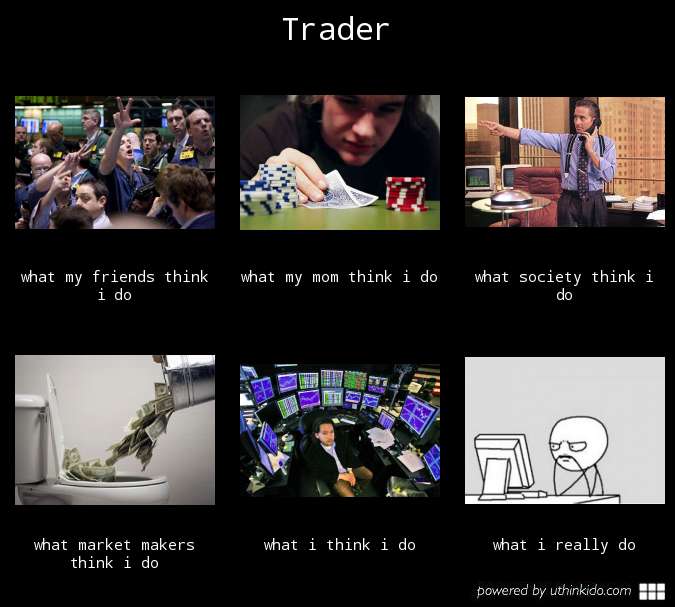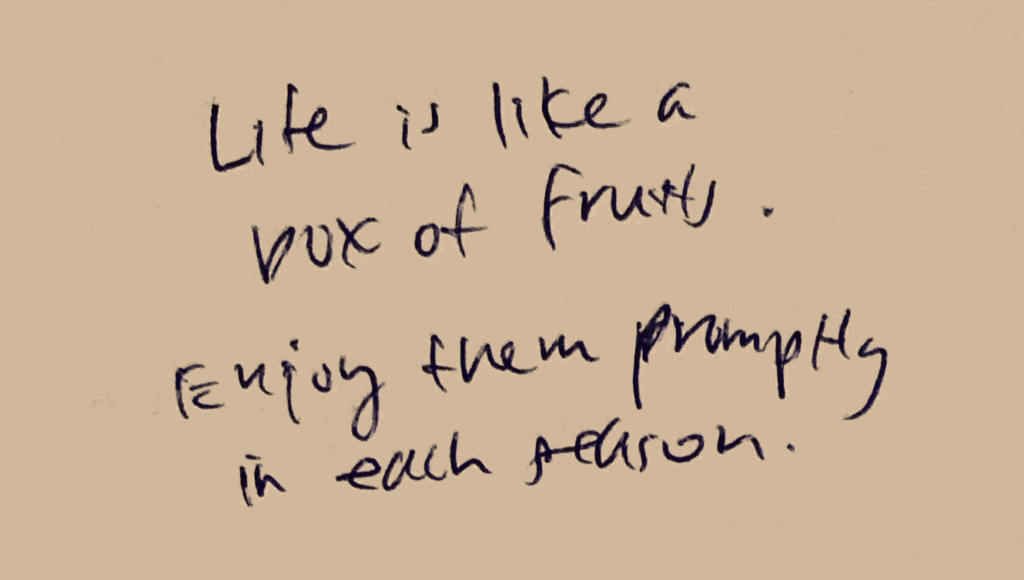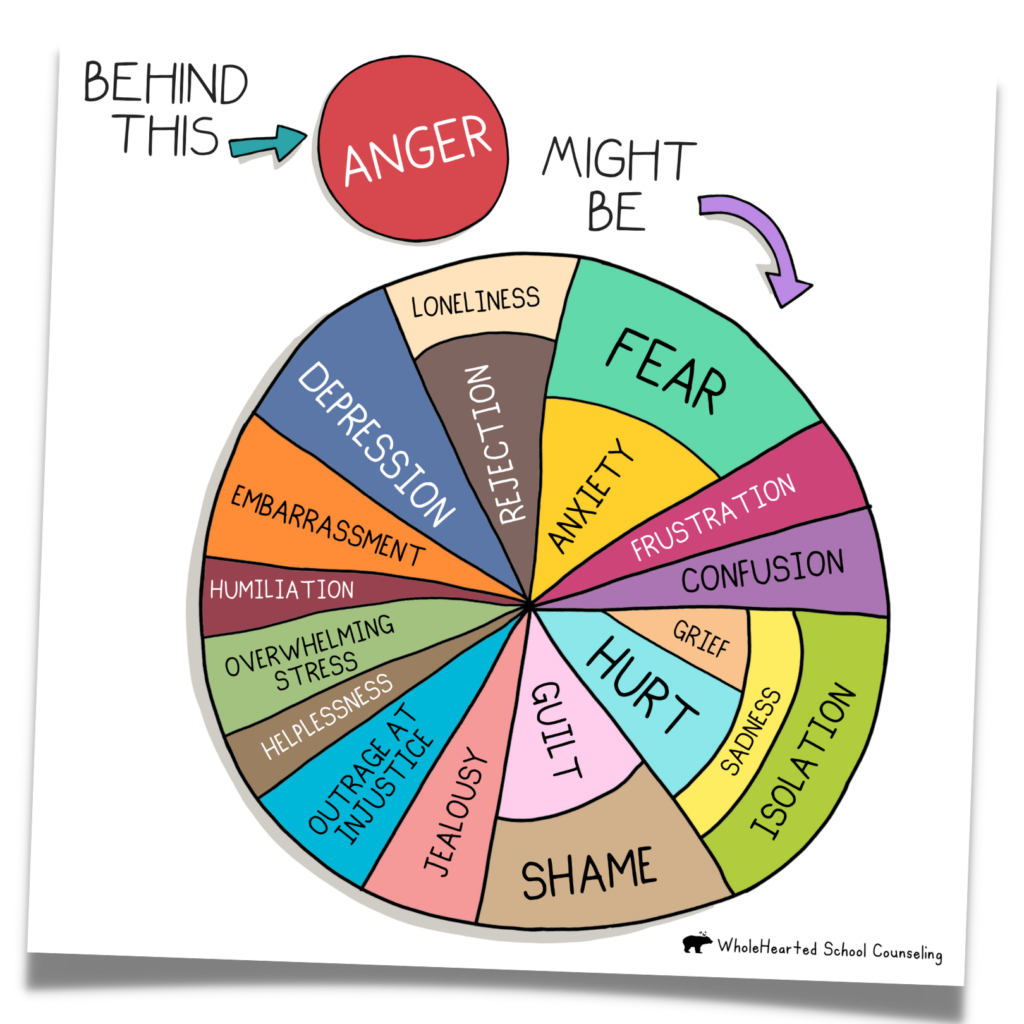But if you’re capable of growing into the largeness of marriage, do it.
Now playing: So Will I (100 Billion X) – Live, Hillsong Worship, TAYA
The beginning of 2025 started with a significant fight between my wife and I. This one wasn’t one of the little ones about how you communicate, but what you are communicating. After the fight,
I felt defeated and lost.
I felt like I did not know my wife. I was second guessing who she was.
I felt underappreciated and taken for granted.
I felt disappointed.
I felt hurt and sad.
Amidst all the emotions and confusion, is where I discovered a unique interpretation of marriage in the Gospel of Matthew.
But Jesus said, “Not everyone is mature enough to live a married life. It requires a certain aptitude and grace. Marriage isn’t for everyone. Some, from birth seemingly, never give marriage a thought. Others never get asked—or accepted. And some decide not to get married for kingdom reasons. But if you’re capable of growing into the largeness of marriage, do it.”
Matthew 19:11-12, The Message (emphasis mine)
I’ve read different versions of this passage numerous times in the past. A more common translation of the part that struck me is,
The one who can accept this should accept it. (Matthew 19:12b, NIV)
The way Eugene Peterson translated this passage struck a chord that continues to ring throughout this whole year.
But if you’re capable of growing into the largeness of marriage, do it.
I think this inspiration came from someone who experienced marriage in the presence of God.
Apostle Paul later exhorts husbands and wives to model after Christ and the church. In this comparison, he says, “This mystery is profound, and I am saying that it refers to Christ and the church.” (Ephesians 5:32, ESV).
It has been over 11 years since I committed to be in relationship with my wife. In our vows, I did not have the courage to promise the traditional Christian vows. I did vow to my wife that I would never stop pursuing after God.
This pursuit has brought us to many different places, meeting many different people. This pursuit has been filled with many joys and many heartaches. It is a pursuit that becomes more elusive as I try to reach greater understanding. It is truly a mystery.
I am finding that our marriage as a small reflection of Jesus and the church, captures a bit of that mystery, too.
I don’t pretend to understand this smaller mystery. I am writing from a place of confusion as we are recovering from another fight. Even the pursuit of marriage seems elusive. But here is what I have learned as I try to grow into the largeness of marriage.
Marriage is effing hard
In biblical times over 2000 years ago, in a different culture, marriage was difficult. Even now, the structure of marriage and family looks so different across the continents. In the West, it used to be a socioeconomic benefit. Now, less kids want to be in relationships. Polygamy is being reintroduced. Amorous relationships are trending in the post-modern, anti-narrative narrative.
Personally, we know too many couples who have decided to get divorced in the past year. The challenge of living together, raising kids, communicating, connecting, sacrificing, seeking to be known and loved, is difficult, to say the least.
Without the marriage symbolizing a covenant between man and woman before God, I too would have jumped down the slippery slope from being happily married to divorced. I don’t say this lightly.
Marriage in the light of God is not exempt from any of the challenges and pressures couples face in this world. In fact, I would argue marriage following the example of Christ, is infinitely harder.
Husbands, go all out in your love for your wives, exactly as Christ did for the church—a love marked by giving, not getting.
Ephesians 5:25, MSG
This love is antithetical to the selfishness prevailing in our culture. It is no mystery that this type of marriage is unappealing. It is no easier for wives.
Wives, understand and support your husbands in ways that show your support for Christ. The husband provides leadership to his wife the way Christ does to his church, not by domineering but by cherishing. So just as the church submits to Christ as he exercises such leadership, wives should likewise submit to their husbands.
Ephesians 5:22-24, MSG
Perhaps the mystery of Christ and the church is that the church will never fully submit because the church is flawed. Christ gave his life in spite of that. Christ gave his life for the church to live.
As a man who is far from being Christ-like, I know that in the past year I have found it very difficult to follow after this example of love.
What about me?
Over the past few months, I have resorted to this question, sentiment, and attitude. And as the song “So Will I” plays on repeat, I can’t help but feel and think Christ saying, “What about me?”
If the stars were made to worship, so will I…
I can see Your heart in everything You say
Every painted sky, a canvas of Your grace
If creation still obeys You so will I…
For if everything exists to lift you High, so will I…
And as you speak, a hundred billion failures disappear
Where You lost your life, so I could find it here
If You left the grave behind You, so will I
Obedience to the God of Creation, Promise, and Salvation is a part of growing into the largeness of marriage. There are benefits of marriage as a social contract. There are benefits of marriage as a financial positive. Marriage could fulfill us emotionally. Marriage could fulfill us sexually. However, many privileged are upending these benefits in their pursuit in singlehood.
So, if there is no pragmatic benefit of marriage, the marriage found in the mystery of God must prove itself to be greater.
Marriage creates extraordinary value
Marriage is a mystery. Ironically, I found a part of the answer to this mystery not in the Bible, but in The Harvard Business Review.
Apostle Paul instructs the Corinthians about headship. “[The] head of every man is Christ, the head of a wife is her husband, and the head of Christ is God.” (1 Corinthians 11:3, ESV) The relationship between Christ and God is perhaps even a bigger mystery than Christ and the church. The traditional narrative in Christian marriage is that the husband is the head of the family. More specifically here, the wife. This structure can work, but what about in the West, where paternalism is no longer accepted? Wives want equal footing. Yet, co-leadership is an unusual structure, as reviewed in 8 Reasons Why Co-Leaders Fail.
The author discusses co-leadership in reference to organizations and companies. I found much of the insights relevant to marriages, beginning with the reason for co-leadership. A unitary leader is an easier structure. This applies for companies and paternal and maternal families. However, “co-leaders need to keep working on this unusual structure over time. When the process works well, the partner-leaders can create extraordinary value for the organization.” In other words, marriages and families can create new kind of value impossible under empowered singlehood.
8 ways to grow into the largeness of marriage
After studying the article, I reversed engineered the eight reasons why co-leaders fail and created a SEO-friendly subtitle on 8 ways to grow into the largeness of marriage. Maybe I will expound on each in the future.
- Get out of assigning roles and titles (i.e., husband is the head of the wife/household)
- Build credibility over time
- Identify synergies
- Create sufficient creative tension
- Contribute in a comparable manner
- Close communication gaps
- Review plans for improvement regularly
- Make marriage a growth experience
Results are a lagging indicator of our habits
My wife and I have made strides in our marriage leaning into many of the above insights. I can confidently say that we love each other deeply. Yet, even after 11 years, we spent the last quarter of this year in conflict and tension.
There are deep philosophical ways to view marriage like the mystery of God. And there are simple ways like my selfishness. And there are quantitative, pragmatic ways, like “results are a lagging indicator of our habits” (Quoted from a Masterclass).
For example, being physically healthy is a lagging indicator of our habits of eating right and exercising. Having financial freedom is a lagging indicator of our spending habits, savings, and financial education. A thriving marriage is a lagging indicator of how often we date each other, work on our communication, spend time in intimacy, and our intentionality.
So even after 11 years, I will keep pursuing after God. In that pursuit, I met an amazing partner and co-leader of now two beautiful girls. In that pursuit, I cherished my wife as a gift from God. I will continue to pursue this mystery that lies in my relationship with my wife. In so doing, perhaps I will discover more about the God of creation.
Jesus left the grave behind, so will I.
And I will continue to grow into the largeness of marriage.



